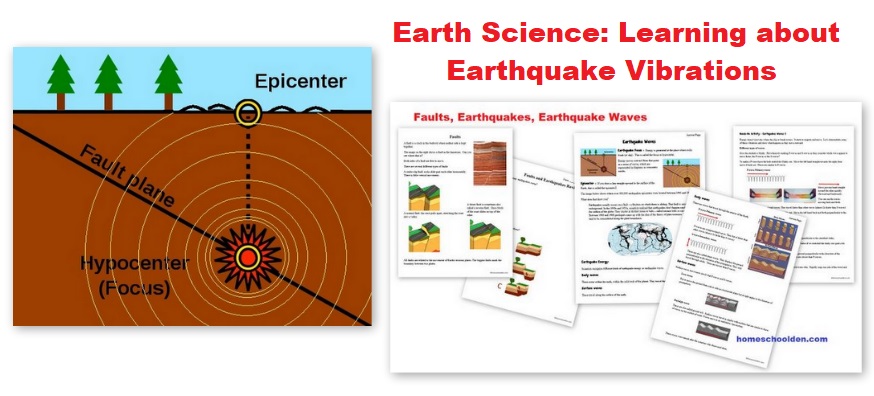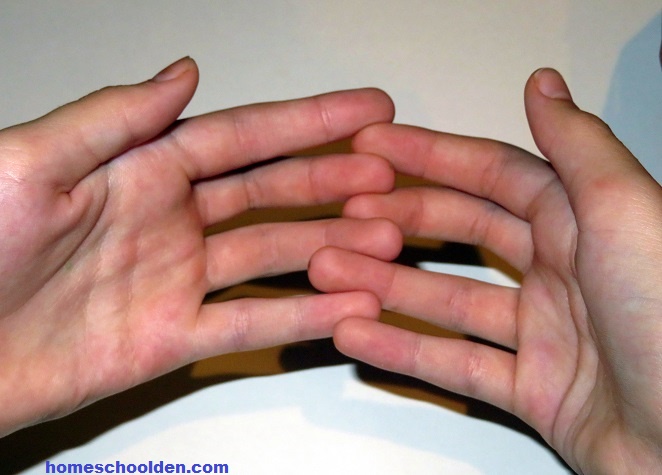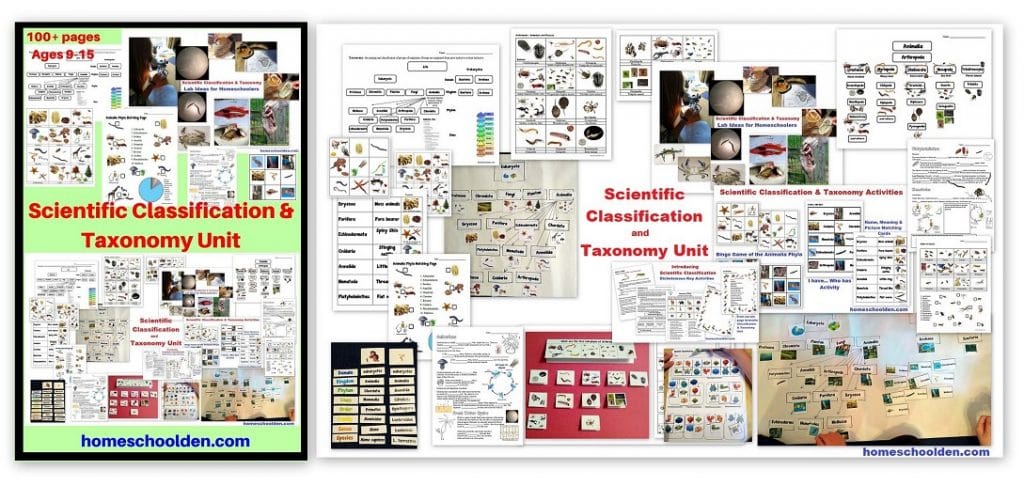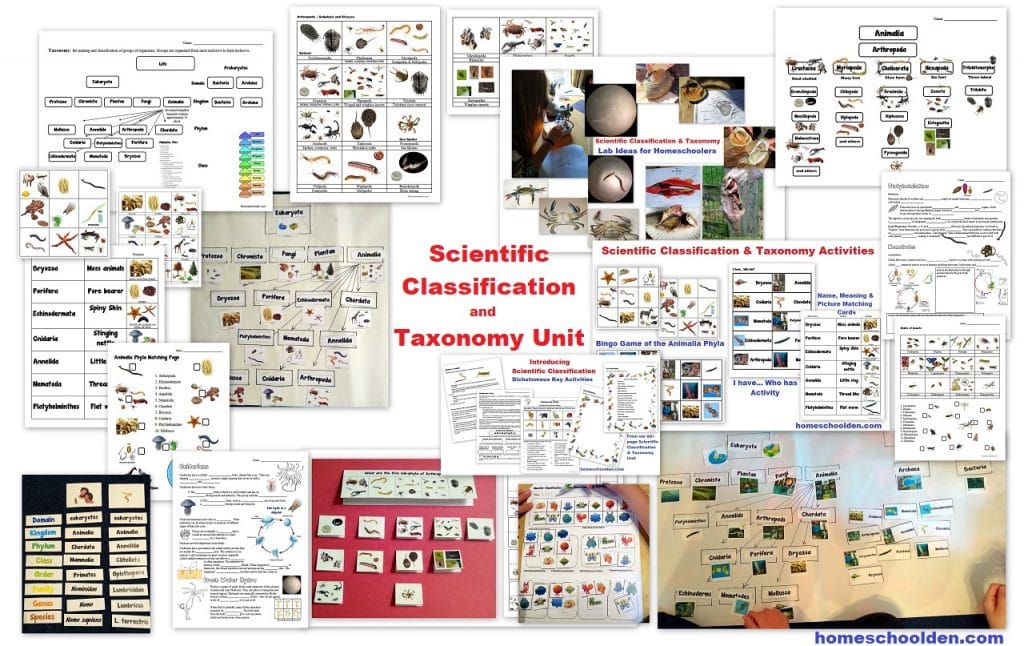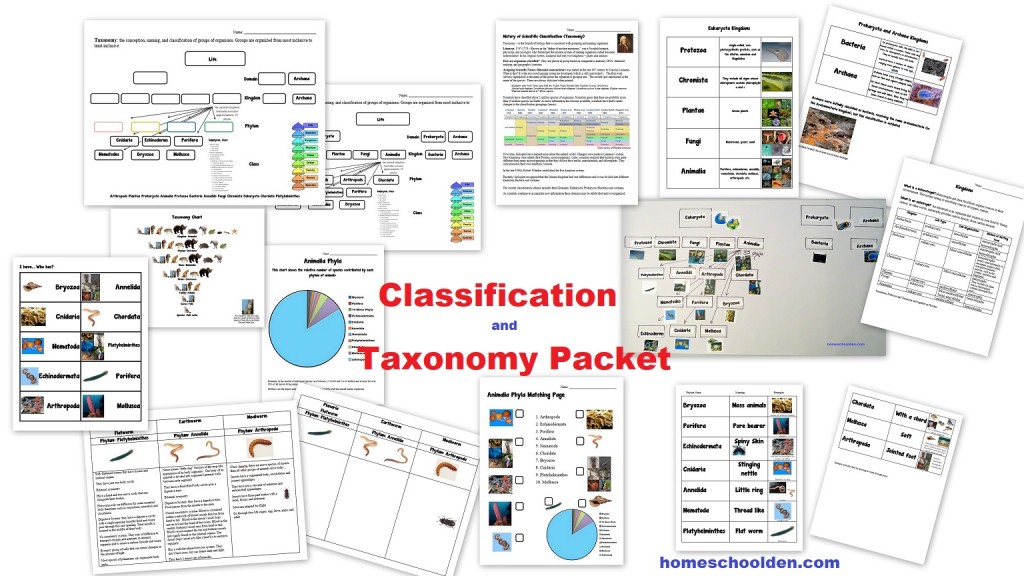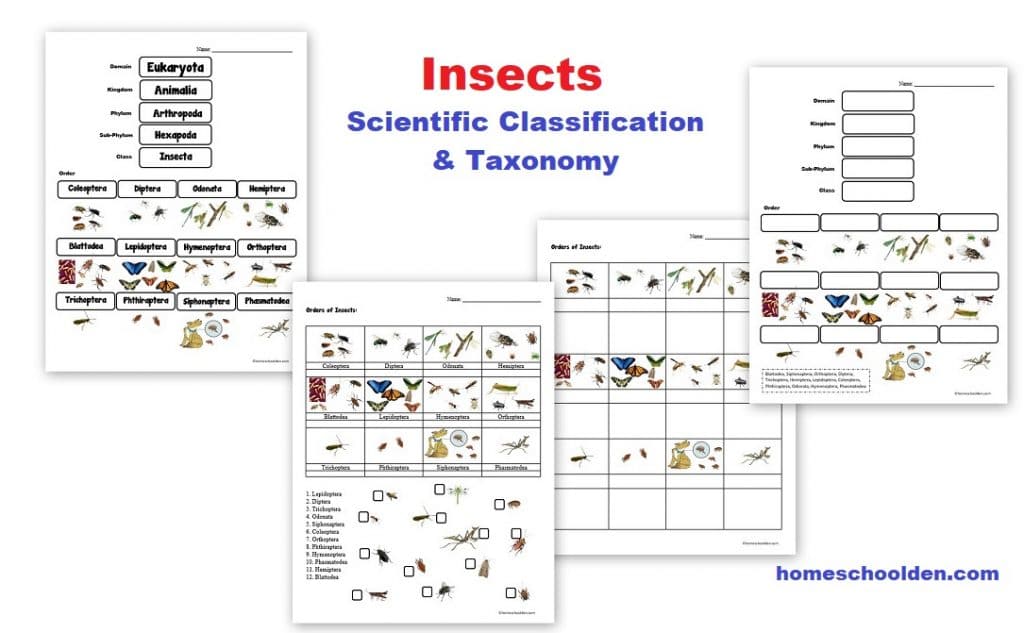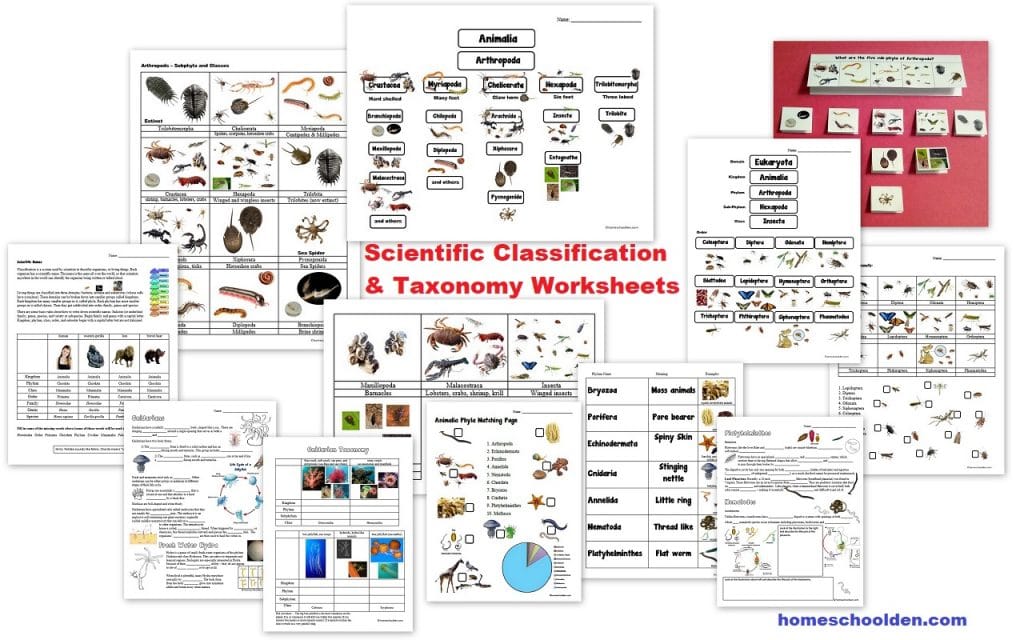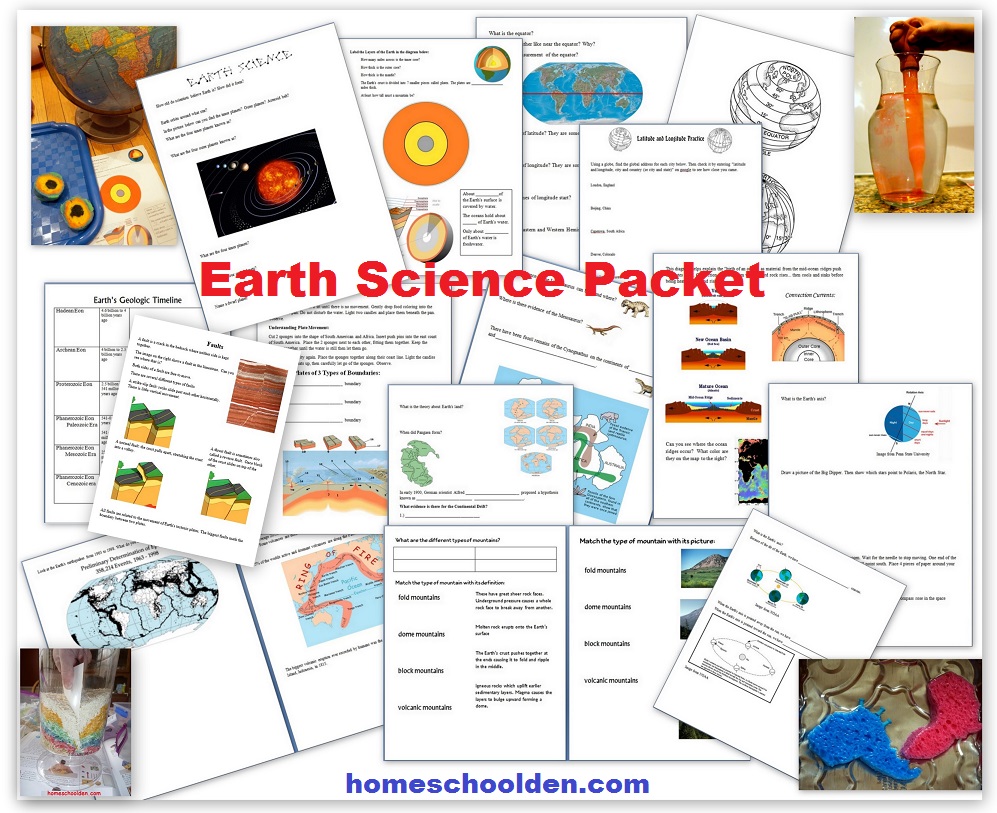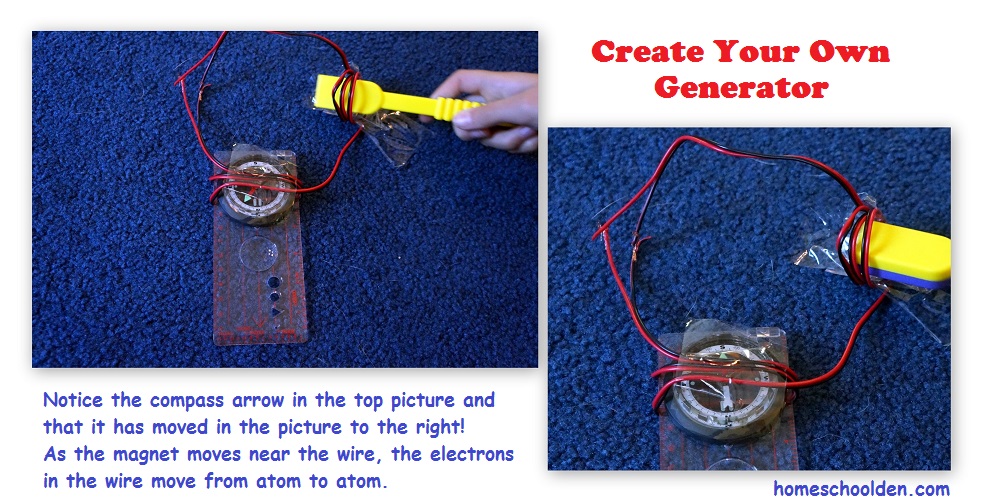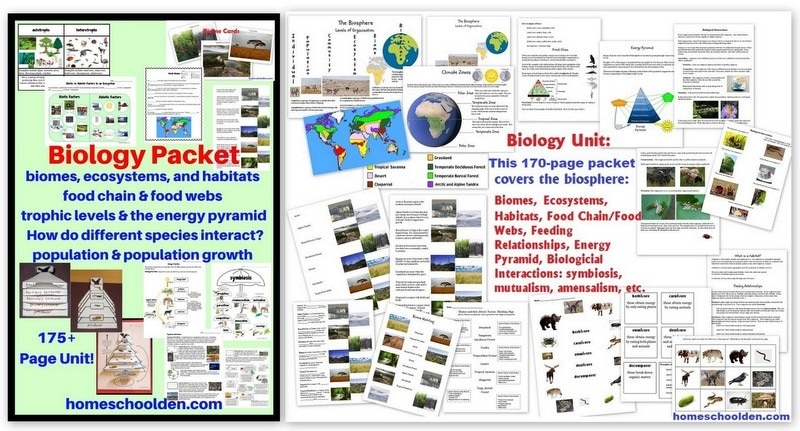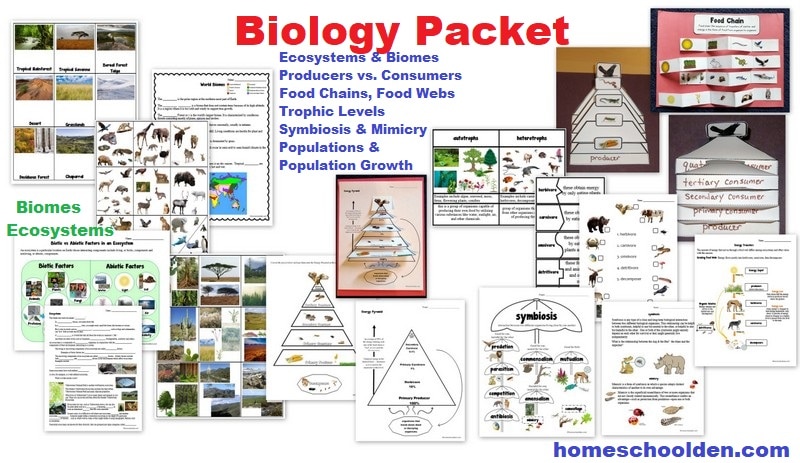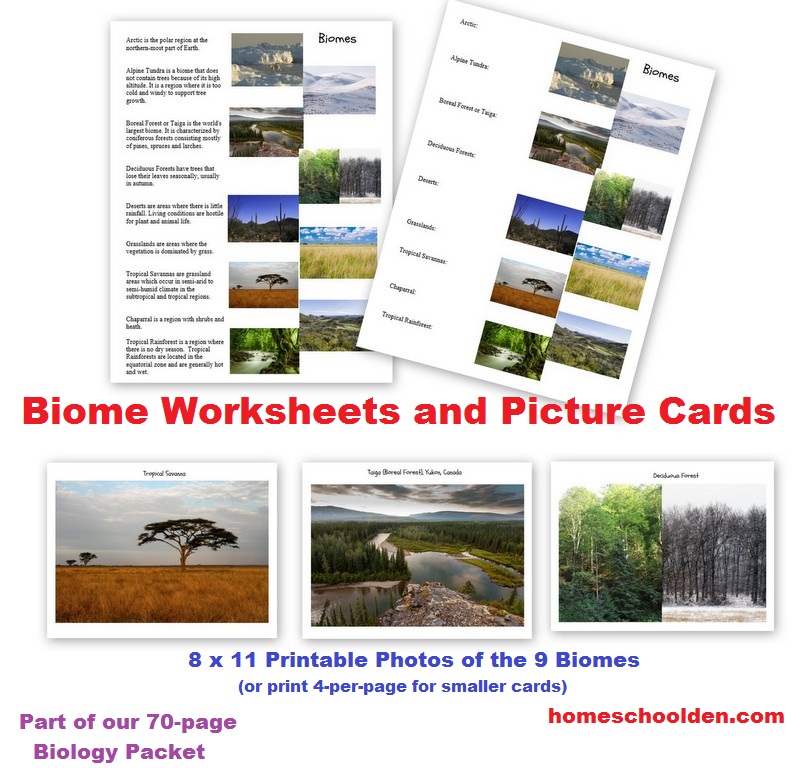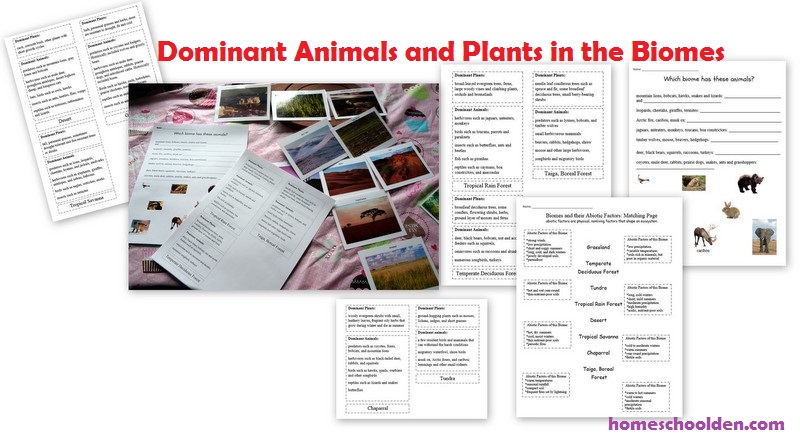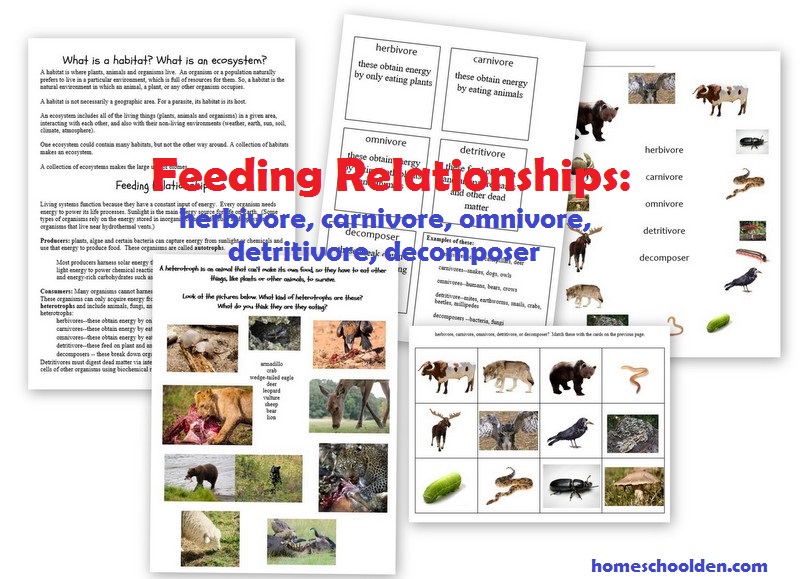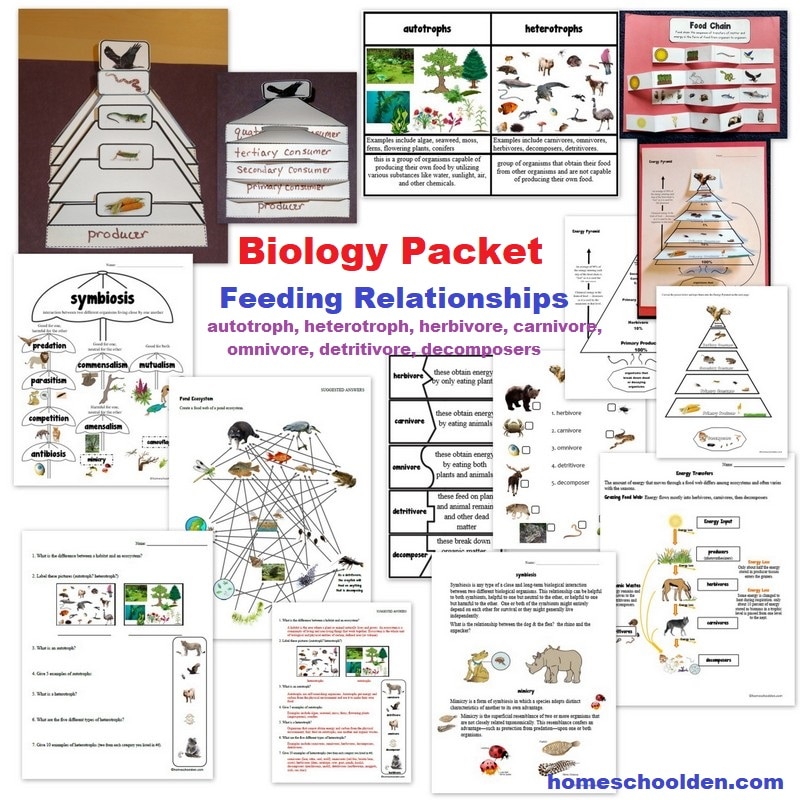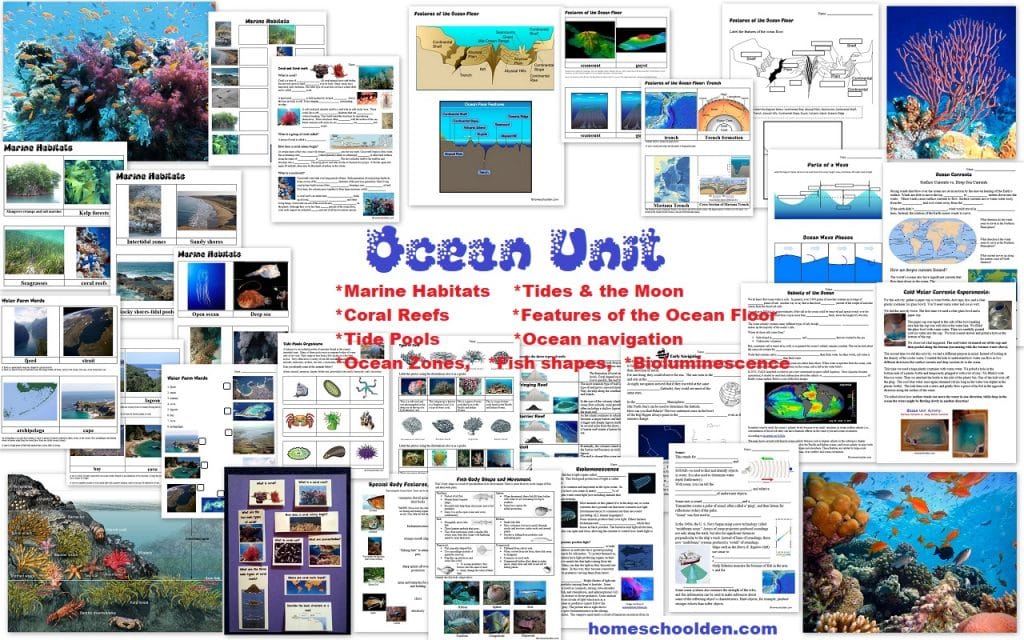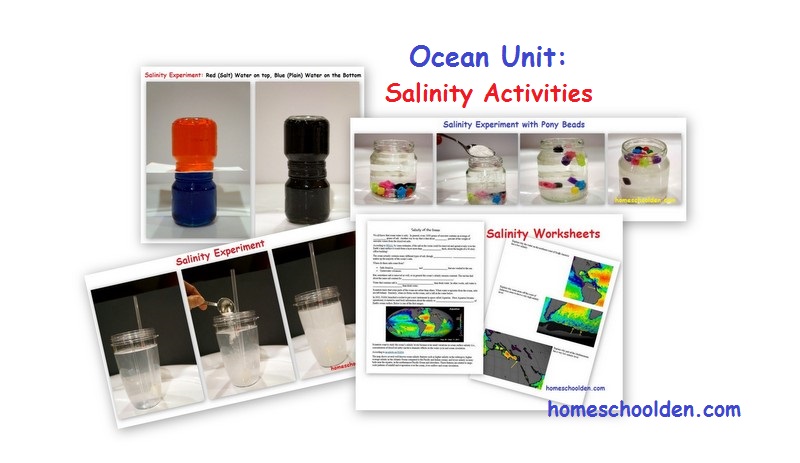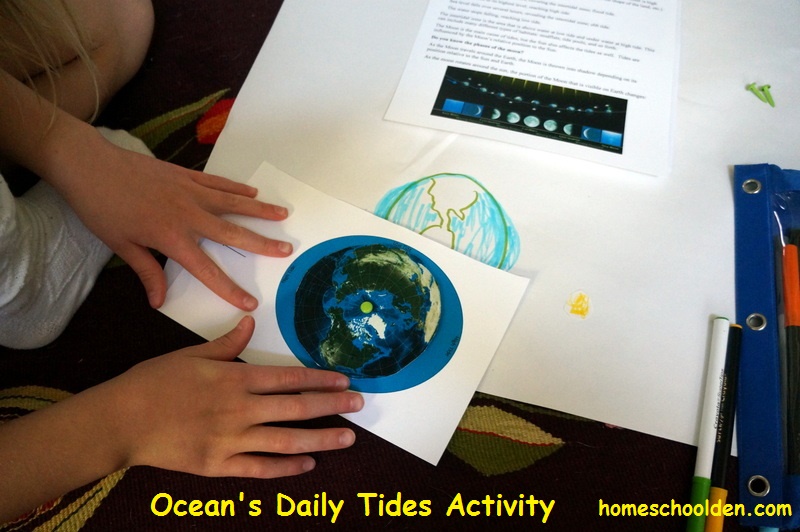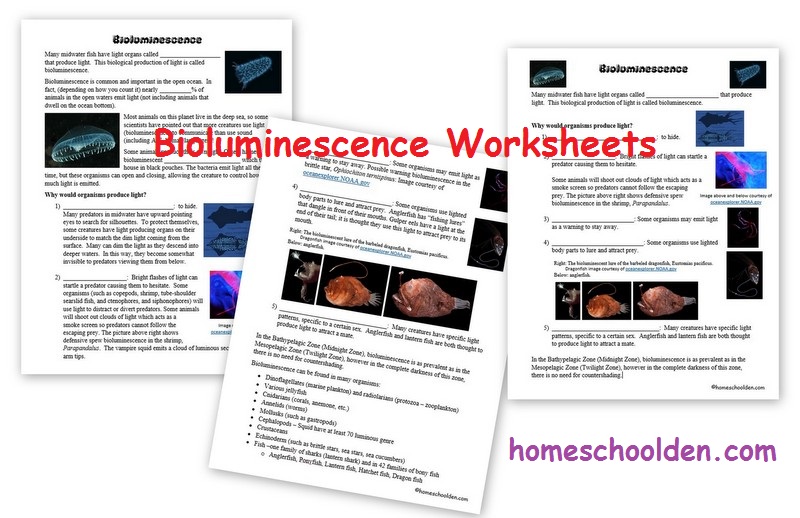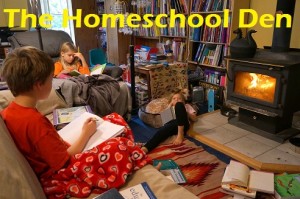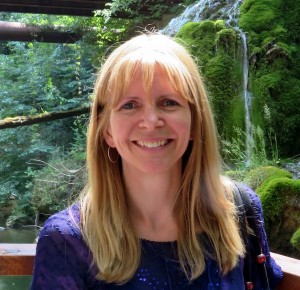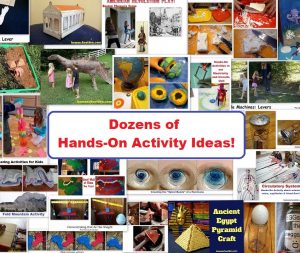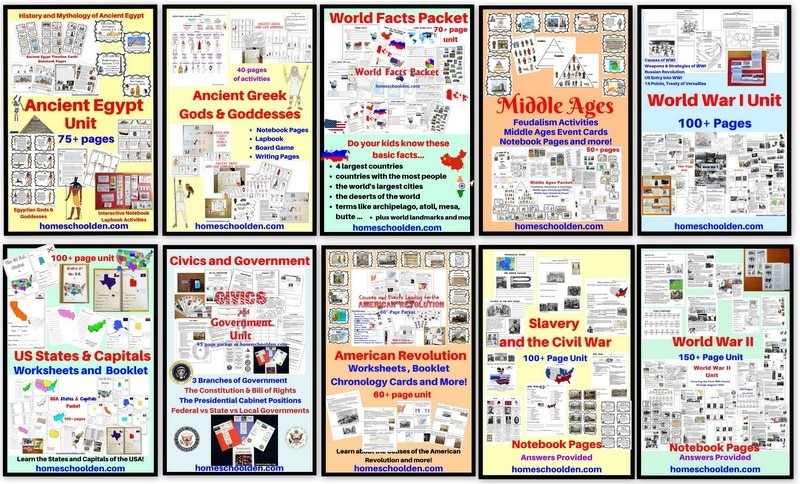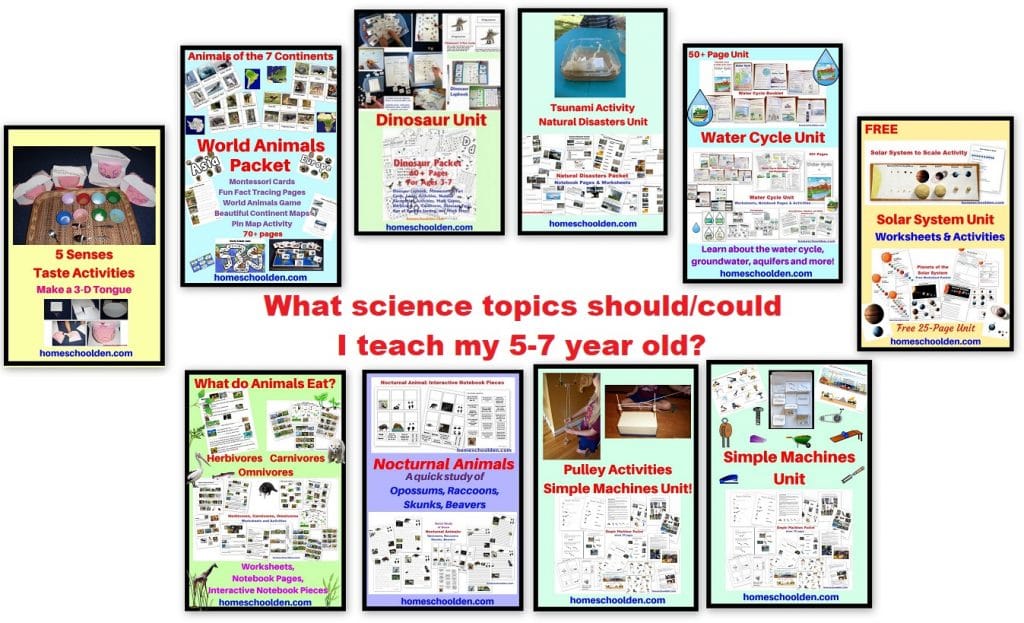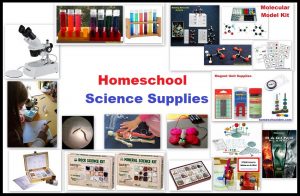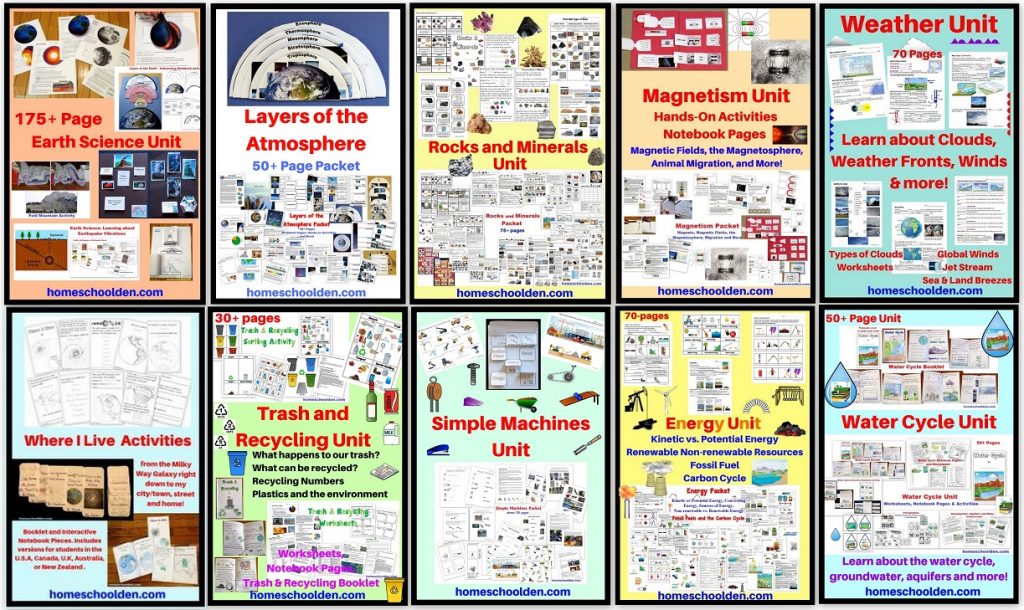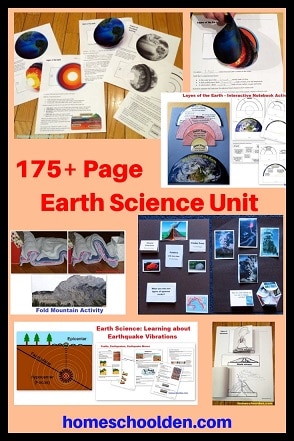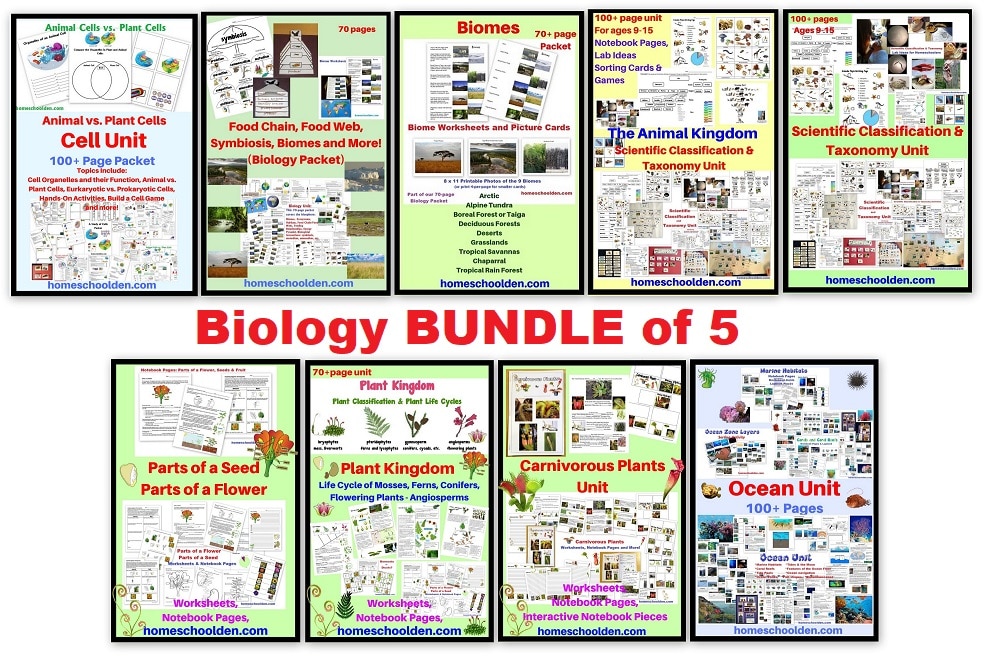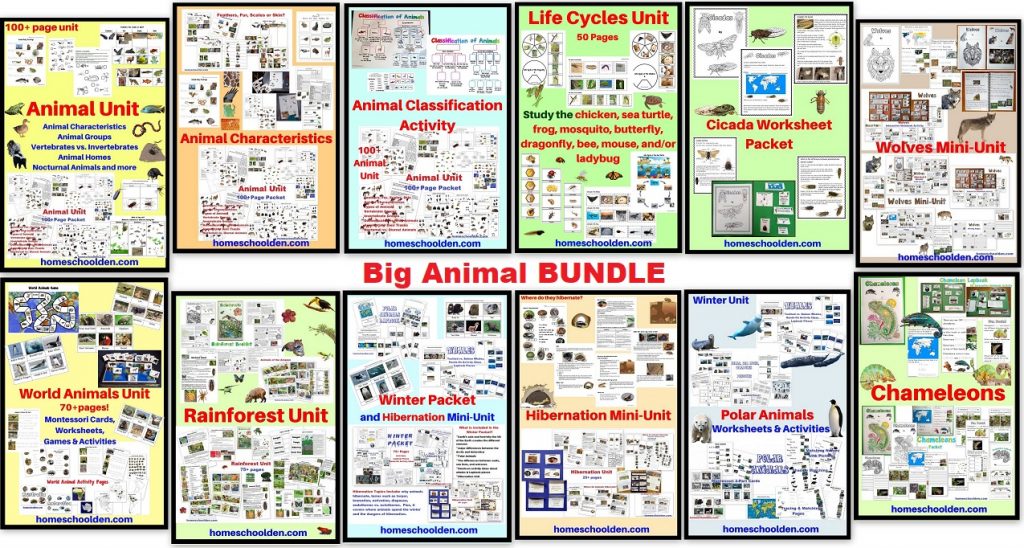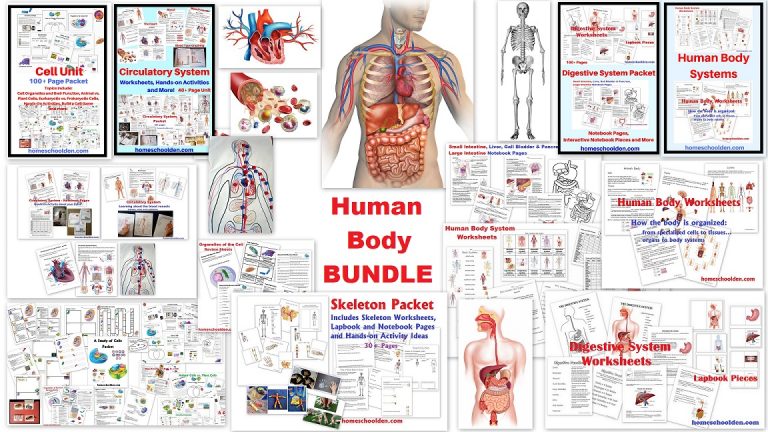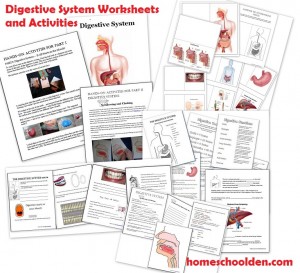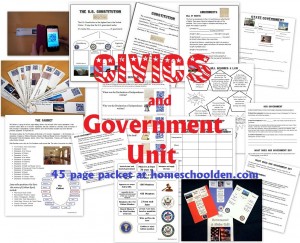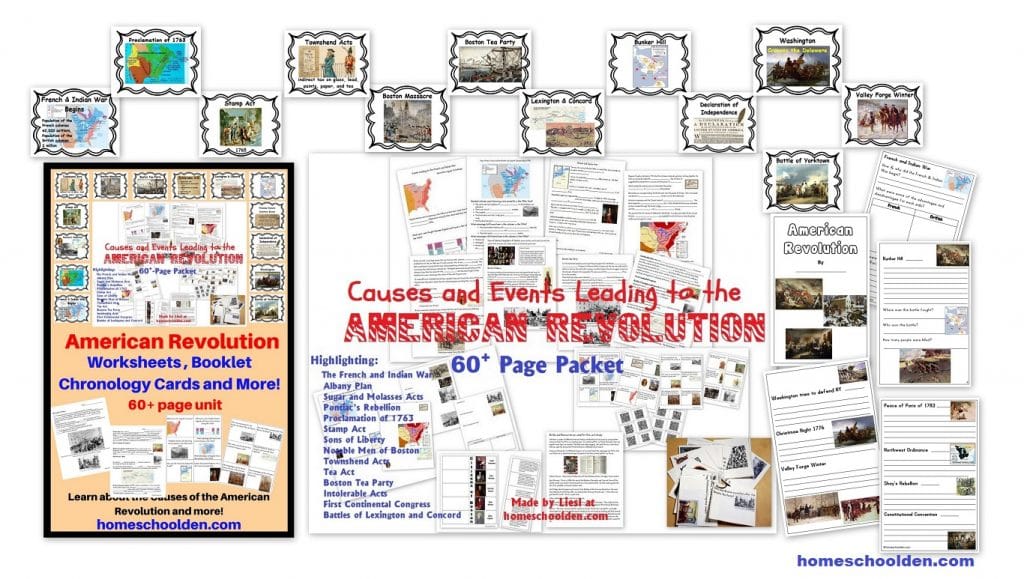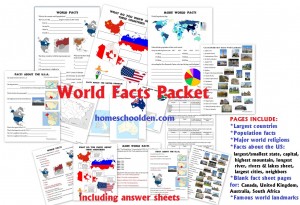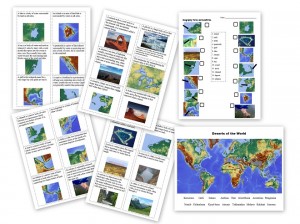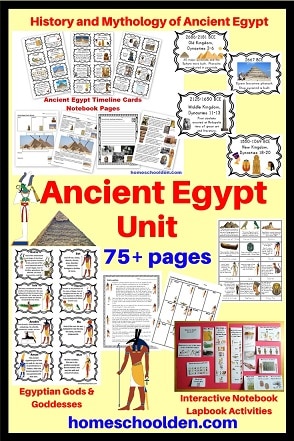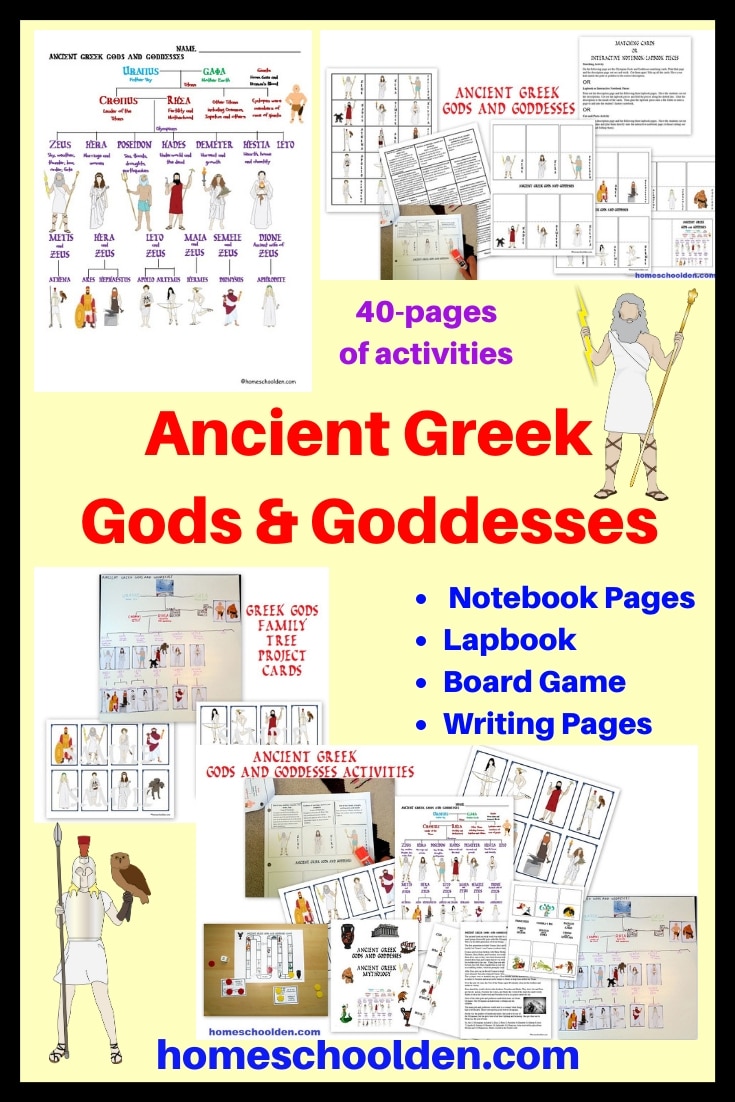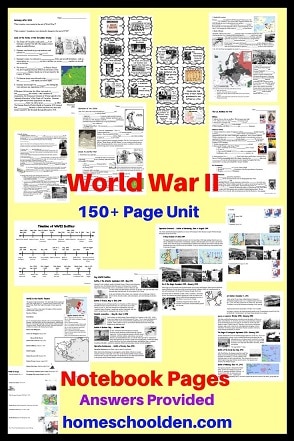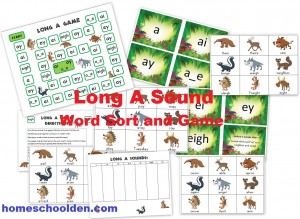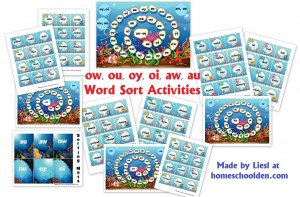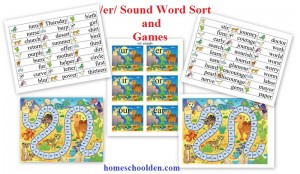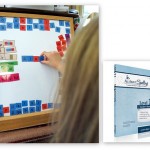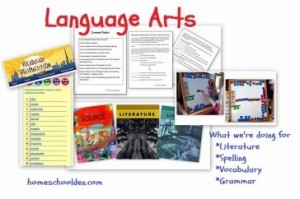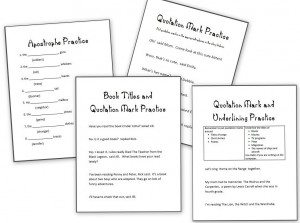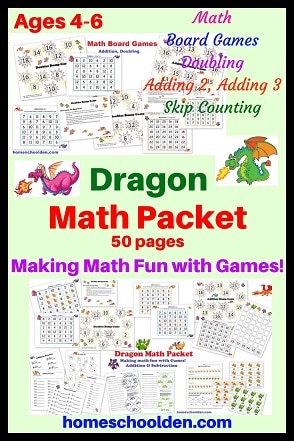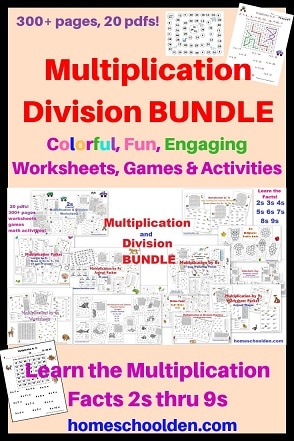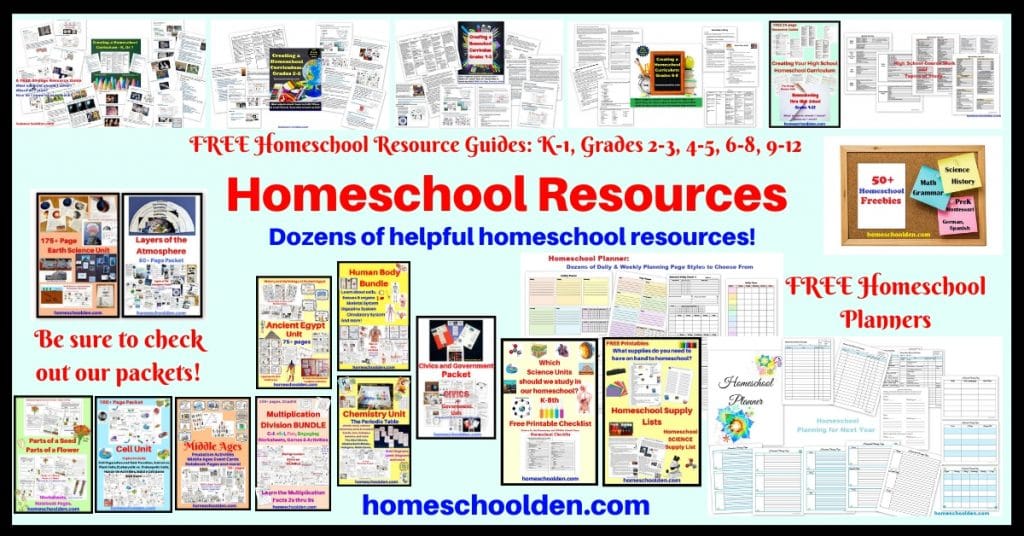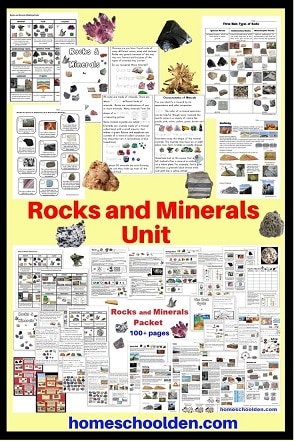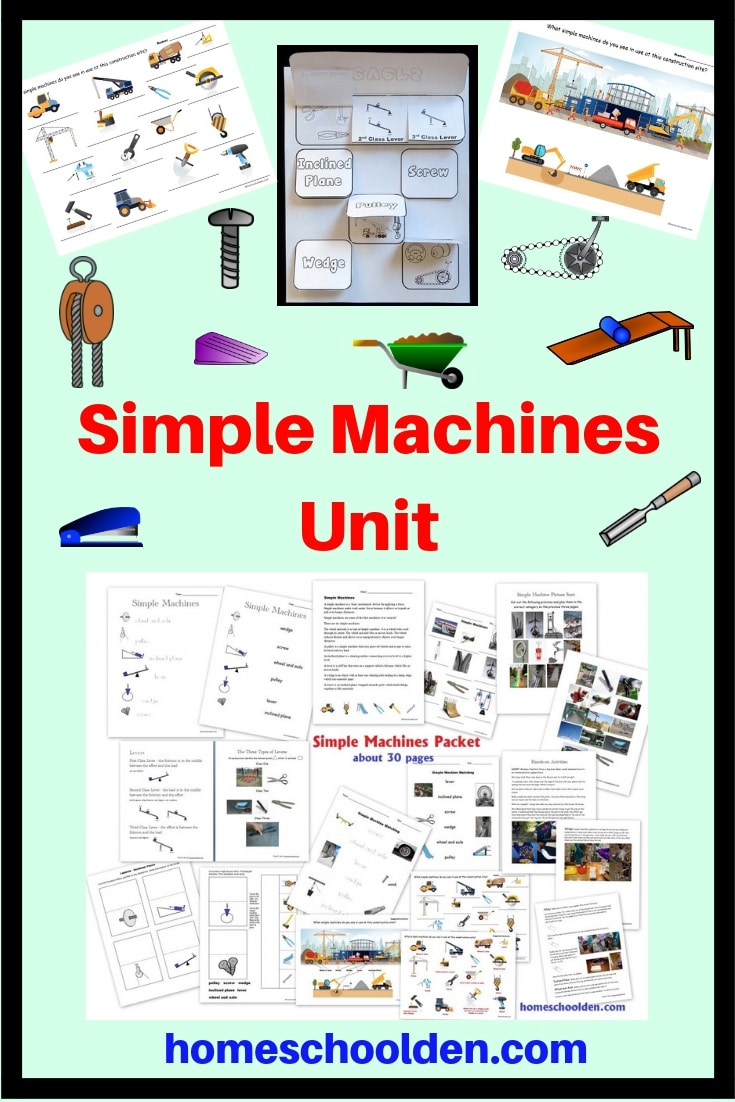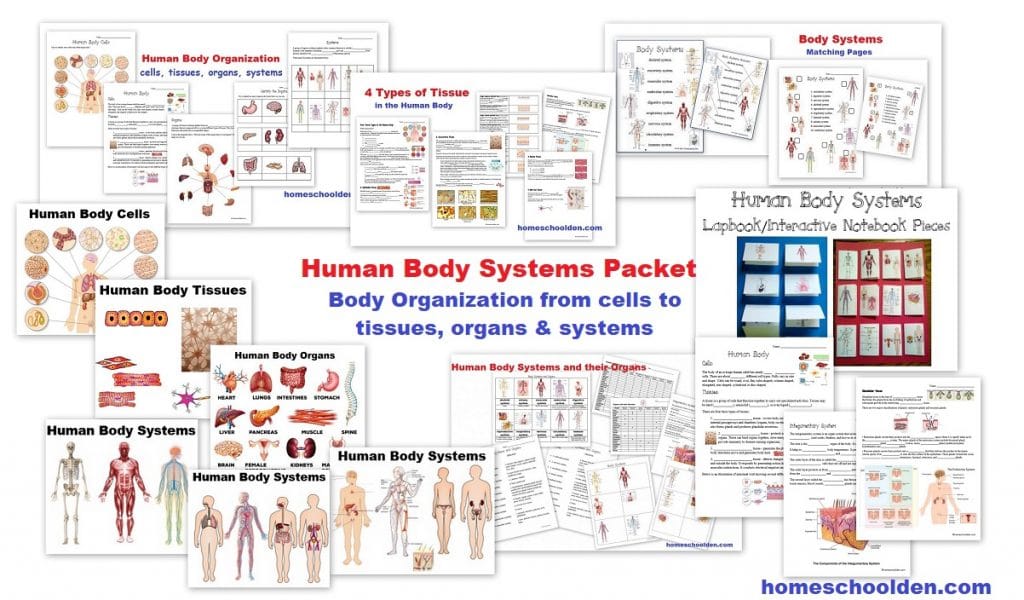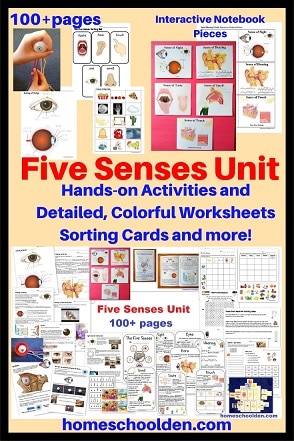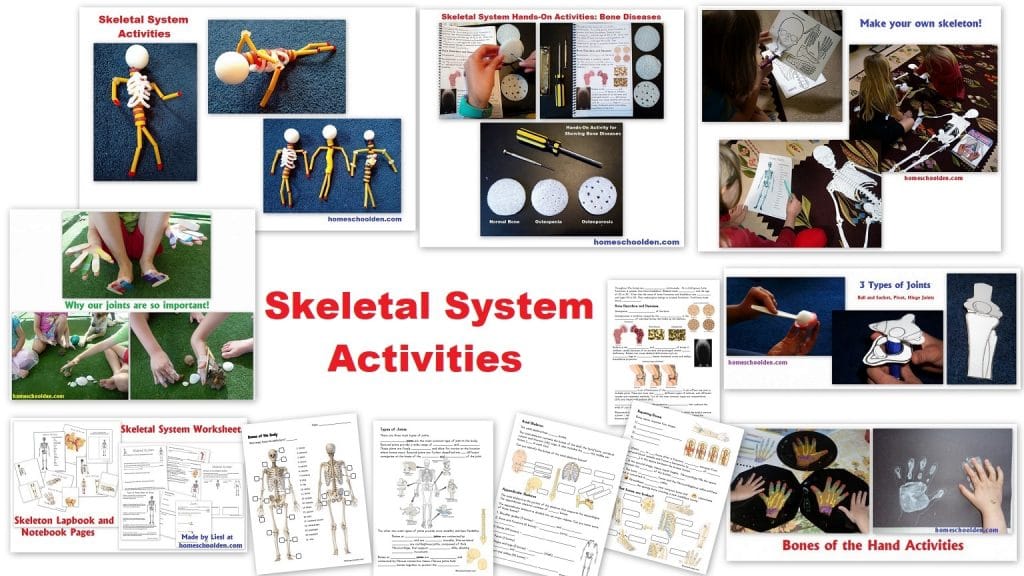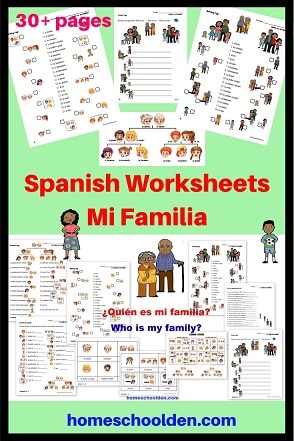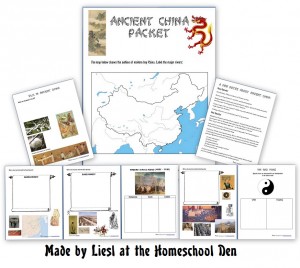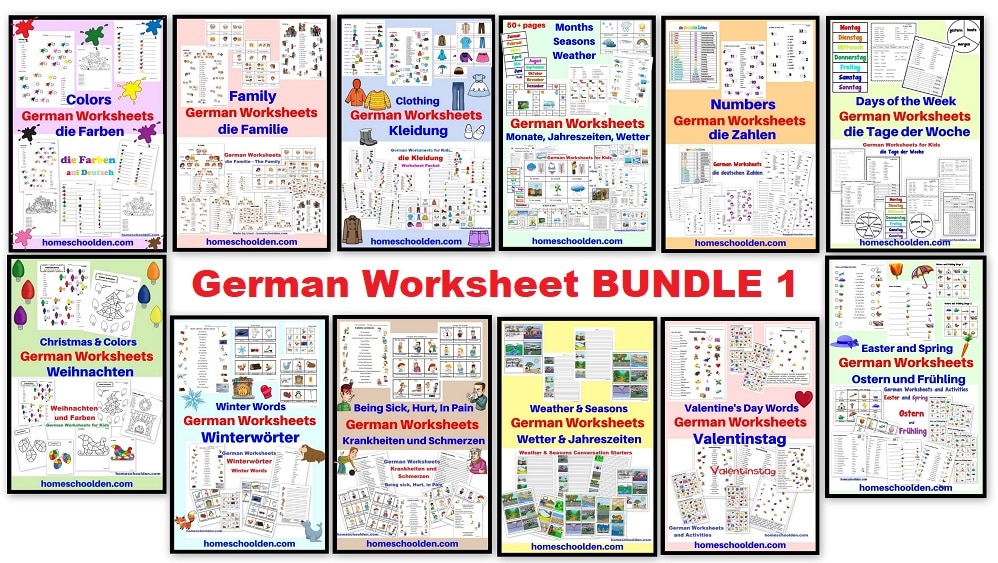Science Club Week 5 – Earthquake Vibrations, Taxonomy (cont.)
This week, we talked about how tensions build deep beneath the Earth and then suddenly release creating earthquake vibrations that move out away from the focus. Below I’ll share several of the hands-on activities we did as we talked about this build-up of tension (and release of energy). In the second part of our science club meeting we continued talking about taxonomy and focused on the digestive systems of flatworms and earthworms. More about that down below.
First, let me talk about our Earth Science activities. We did several hands-on activities as we talked about earthquake vibrations:
How and why do earthquakes occur?
Earthquakes occur where rocks break, crack or slide under the surface of the Earth.
How and why does rock break? Rock is under pressure. They are held in place small protrusions. When those finally give way, the rock suddenly moves. Push down on a Popsicle stick and then have it spring back into place. How does this happen with rock?
Do these two quick activities to explain this:
Have students put their finder tips together in a fairly straight line. Have them run their fingers back and forth. They should be able to move their fingers fairly easily.
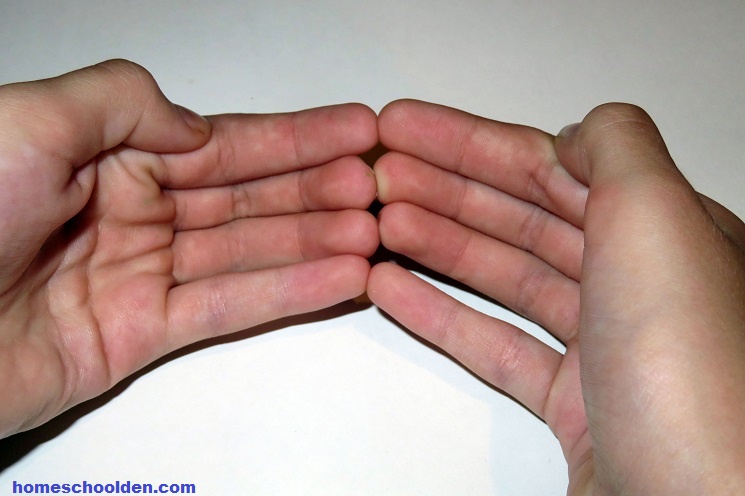
Put two books together. Press them together. Now try to have them slide past one another. They should move very easily.
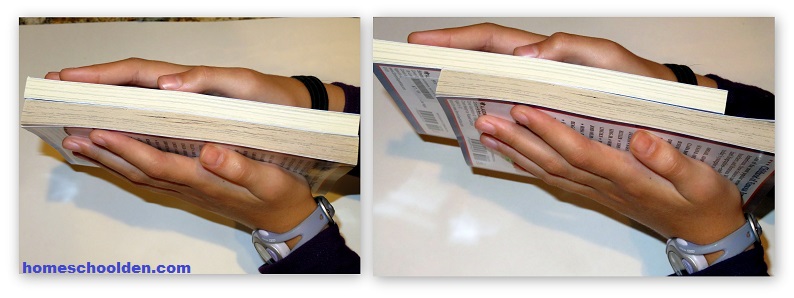
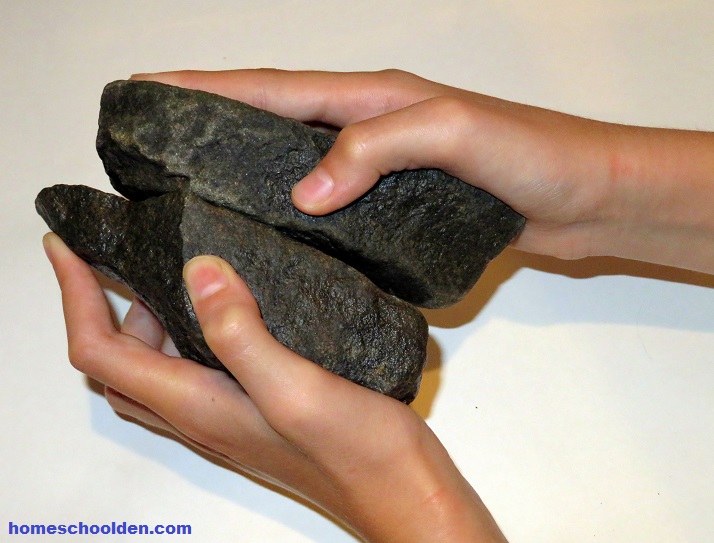
The vast majority of earthquakes are a consequence of sliding on faults.
Hands-On Activity Earthquakes 2 – Vibrations
Earthquakes:
Earthquakes occur where rocks break, crack or slide under the surface of the Earth. Remember, the vast majority of earthquakes are a consequence of sliding on faults.
When this occurs, it generates vibrations.
The vibration starts to pass outwards from the fault – and that is the process of creating an earthquake.
What do those vibrations look like?
Set up some water and something that can float (like a plastic egg or ducky). Have the student tap on the water and observe what happens.
If you have another child take a flash photo, they’ll really be able to see the concentric rings. (Or show them the photo below!)
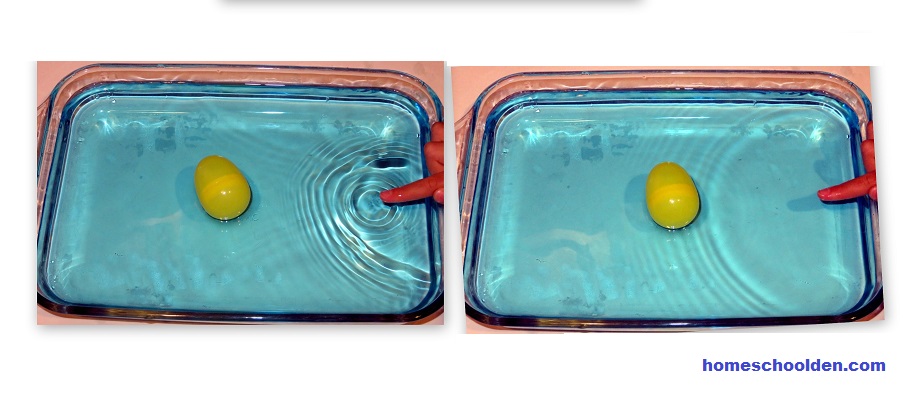
It will bob up and down as the vibrations move up and down like a small wave.
Hand out the notebook page on the following page. Explain the various terms
- Hypocenter or focus – where the breakage or slip took place
- Fault plane (the break or crack in the rock)
- Epicenter – the point straight up on the surface of the Earth above the focus. (These can be mapped to show where earthquakes occur.)
- Concentric rings – have students draw rings that radiate outward away from the focus.
We then went over some information in the notebook pages – locating the focus, fault plane, epicenter and drawing the concentric that radiate outward. The following week, we looked more closely at the different types of earthquake waves that move through the earth – body waves and surface waves.
These notebook pages are included in our Earth Science Packet.
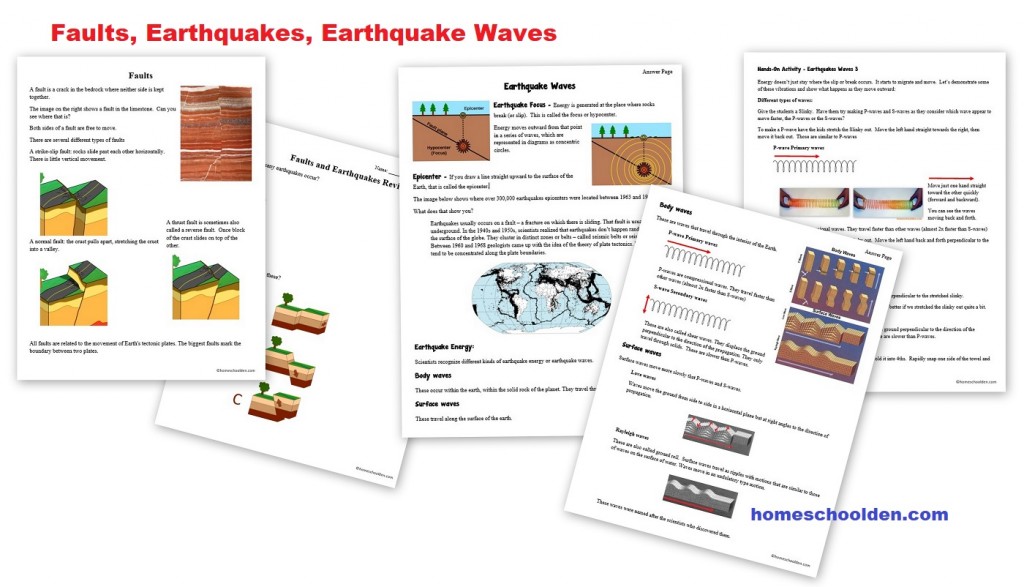
Taxonomy & Scientific Classification
We spent time reviewing the 10 Animalia phyla we’ve been talking about this semester. They placed the labels and pictures of the domains, kingdoms and the 10 (of 35) Animalia phyla. They also played a round of phyla tic-tac-toe (see last week’s pictures) to review those.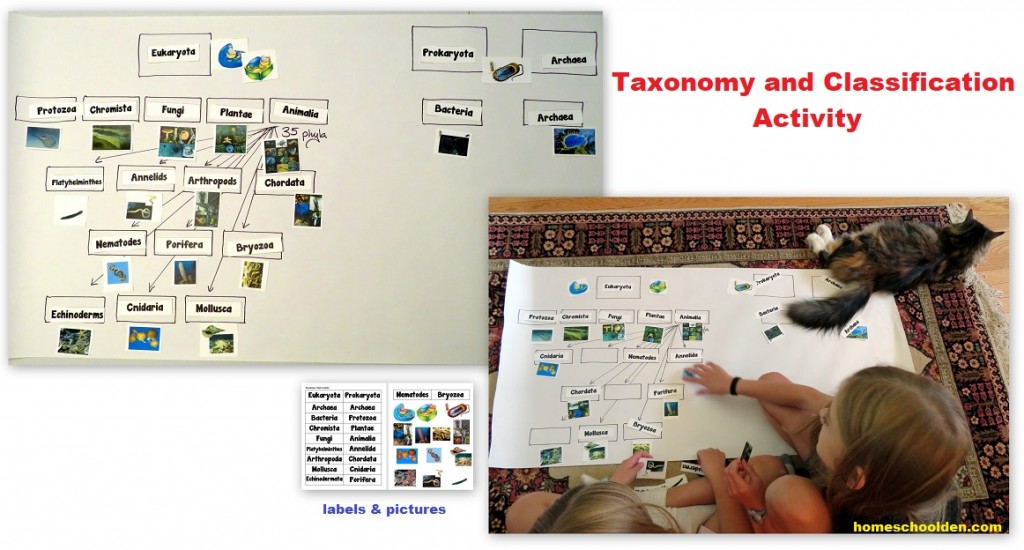
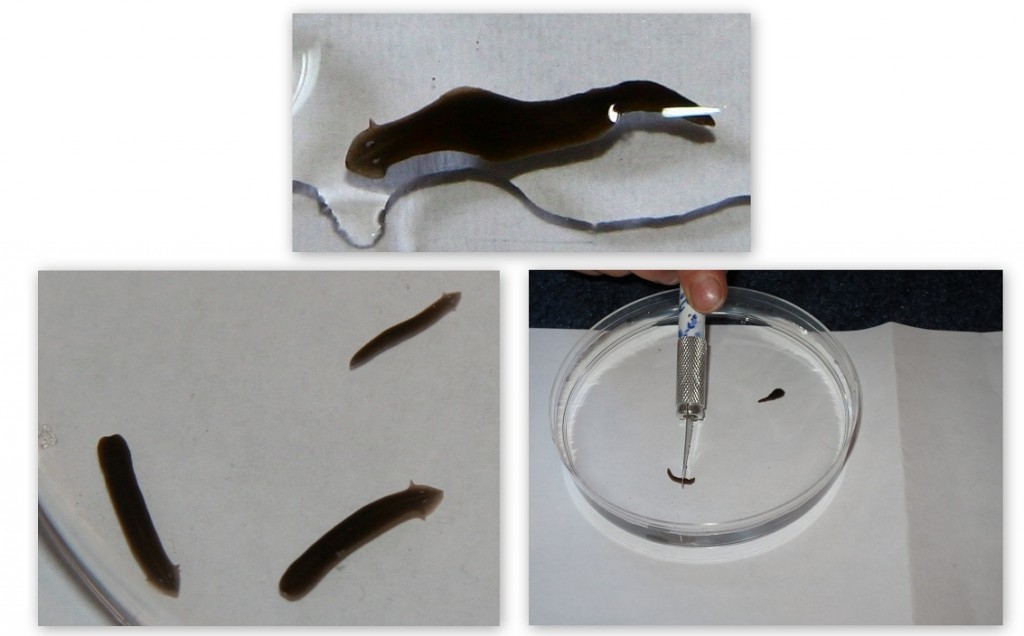
Platyhelminthes have one opening a “mouth.” Food and waste pass through this opening, whereas earthworms (annelida) have a mouth and an anus. The earthworm’s gizzard uses stones that the earthworm eats to grind the food completely.
The kids all drew pictures of these in their science notebooks (I drew them on large sheets of paper for them to model.):
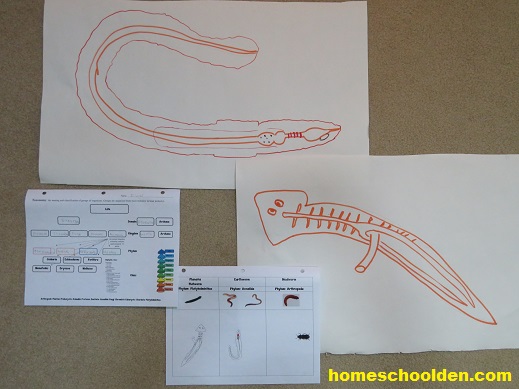
That was about it for that Science Club meeting!
See the other Science Club weeks here:
- Science Club Week 1: Characteristics of Good Scientists, Layers of the Earth
- Science Club Week 2: Plate tectonics, taxonomy, mealworms and flatworms
- Science Club Week 3: Taxonomy and Classification, Engineering Challenge
- Science Club Week 4: Understanding Convection Currents, Taxonomy, Engineering Challenge
- Science Club Week 5: Earthquake Vibrations, Platyhelminthes – Annelids (flatworms and earthworms)
- Science Club Week 6: Earthquake Waves (Body and Surface Waves)
- Science Club Week 7
- Science Club Week 8
See you again soon here or over at our Homeschool Den Facebook Page! Don’t forget to Subscribe to our Homeschool Den Newsletter. You might also want to check out some of our resources pages above (such as our Science, Language Arts, or History Units Resource Pages) which have links to dozens of posts. You might want to join our free Homeschool Den Chat Facebook group. Don’t forget to check out Our Store as well.

You can find out more about our Earth Science Packet here. It is well over 100 pages now! 🙂
Electricity and Circuits Unit — If your kids love hands-on activities, then your kids really might enjoy our Electricity and Circuits Unit! My kids had so much fun with this unit as they build their own circuits, blew out lights, created paper circuit designs and a mini-robot! Last fall, we talked about the different types (and strengths) of batteries and build all kinds of different circuits. We talked about conductors and resistors and learned how to create circuit diagrams. We did more than a half-dozen hands-on activities and even I learned a lot as we talked about amps, ohms and more!
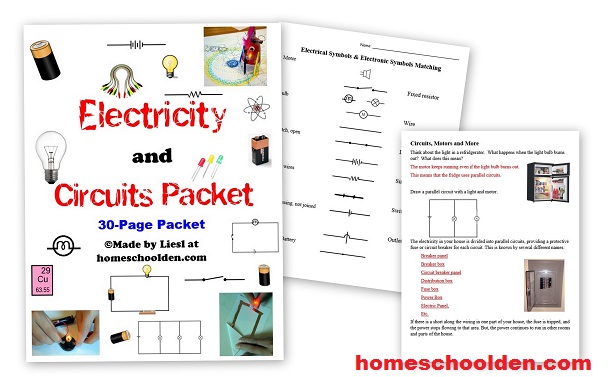
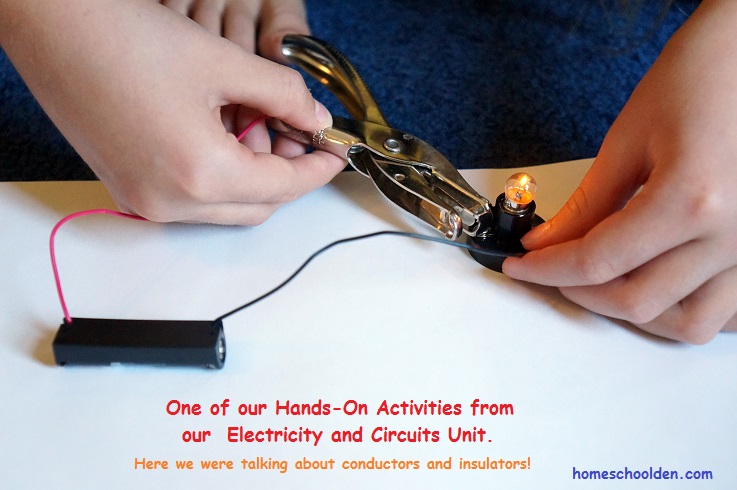
Biology Unit – We did a unit on biomes, habitats, ecosystems, different feeding relationships and more.
You can find out more about our Biology Packet here:
Ocean Unit – We followed the Biology Unit with a study of the oceans.
